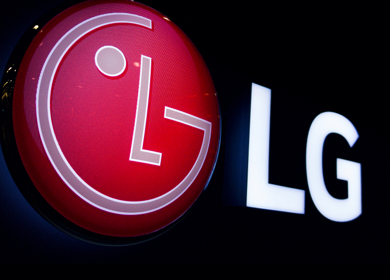ROAS: Not the only key for marketers to unlock the benefits of retail media
Published: March 28, 2023

Acadia, the retail marketplace strategy agency, has recently released a report that highlights how conventional metrics give brands only a limited view of their Amazon DSP performance.
To put it in detail, return on ad spend has been the only point of focus for brands, particularly on Amazon, as a key indicator of the success of their campaigns. However, there are other metrics that brands should employ, especially when utilising Amazon's demand-side platform for programmatic advertising, to achieve various business objectives.
The metrics like ROAS, views and impressions aid in brand comparisons between various retail channels like Amazon and Walmart, but they offer little insight into a campaign's actual effectiveness.
Kiri Masters,
Head of retail marketplace strategy at Acadia
Academia’s report is publicly available to all, and the report is called "Fit for Purpose". As a diagnostic tool, the report offers 23 key metrics that can be customised for various brand objectives. There is a quiz where businesses can enter their objectives to find the most effective metrics for achieving them.
Performance-related metrics like Amazon Brand Lift, which aid advertisers in quantifying how campaigns are influencing awareness, purchase intent, and ad recall, have also recently been added.
Retail media is expected to reach $85 billion in the United States by 2026, according to the most recent estimates, so brands will be looking for more efficient measurement tools as more advertising dollars are spent on retail media.
The consensus among experts is also that brands should not only use ROAS as the key indicator to measure the success of their campaigns.
Why is looking beyond ROAS important for marketers?
Considering the significant amount of ad dollars flowing into retail media networks, it is vital for brands to have a concrete idea of what kinds of measurement metrics they must focus on to gauge the success of the campaign.
Just as brands’ objectives differ for different sets of audiences in the marketing funnel, the metrics used to assess the effectiveness of the campaign will also outright differ.
If brands miss out on this and focus only on conventional metrics, it is directly proportional to the missed opportunity to scale up the campaign performance.
Let me explain it with an example:
Let us presume a brand is running retargeting ads to their target segment that is at the consideration stage. That is, the objective of the campaign is to slide them to the purchase stage. At this point in time, if the brand has an eye on the metric like prospecting click-through rate, page views or add-to-list, then it will give them granular insights on where the gap lies and what needs improvement to attain that objective.
Instead, if the brand just focuses on the conventional metrics such as impressions or ROAS, it will prevent brands from getting the visibility they need to push the audience to the next stage.
Thus, it is certainly important for marketers to analyse the various metrics and focus on those to ensure they do not waste marketing dollars.
As more people nowadays shop online, it will be extremely beneficial for marketers to invest in retail media to connect with their target segments and enhance the quality of customer acquisition. According to Statista, by 2027, global spending on digital retail media advertising is expected to reach more than $168 billion.
However, be it Amazon DSP or any others in the market, it is crucial for brands to brush through the various metrics to focus on as per the objective of the campaign to reap the utter benefits of retail media.










Be the first one to comment.